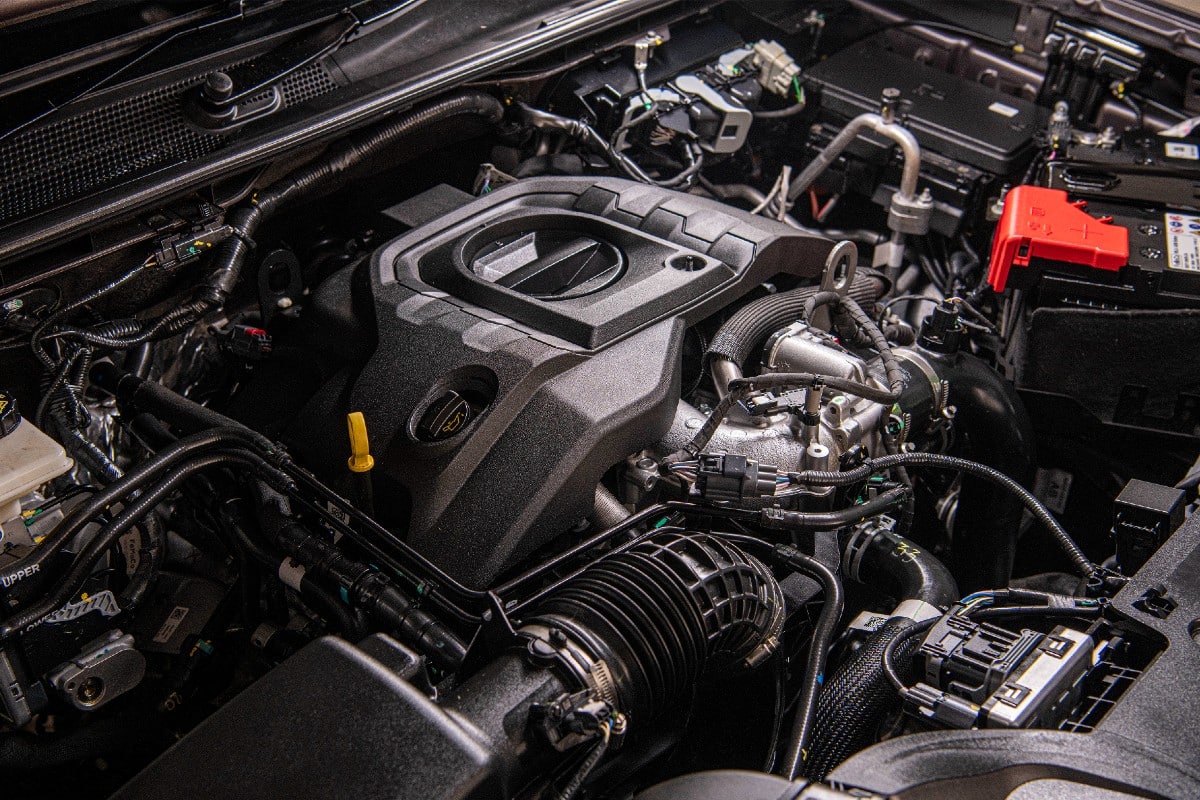
The Government’s proposed New Vehicle Efficiency Standard proposals, recently put out for consultation, have firmly brought the subject of vehicle emissions into the spotlight and, as part of enforcing any vehicle emissions standards, it’s clearly necessary for authorities to carry out properly controlled and monitored testing. And that’s where it can get interesting.
Many readers will be familiar with the huge scandal that enveloped the Volkswagen Group, ‘Dieselgate’, in 2015. That went on to cost them over $50 billion! Basically, VW were intentionally programming engines to give favourable emissions readings whilst being tested. Cheating, in other words.
Of course, in the fullness of time, other manufacturers were also found to be being less than honest with their approach to emissions testing. In fact, it’s difficult to be sure that emissions cheating is not still going on in the industry. As recently as 2022, Hino (which is a business unit of Toyota) admitted that they had falsified emissions data and that it had been going on for years.
So, as the Federal Government seeks to bring emissions levels here more into line with Europe and the USA, can we believe all the data being put before us and is it in fact the right approach to regulate through emissions (grams per kilometre)?
I’m not so sure.
I’d like to look at the viability of reaching a similar conclusion through the use of two different tools. The first is vehicle weight and the second is real fuel economy. Both are easy to measure and there is less scope for cheating.
Furthermore, a lighter car does less damage to the roads and is probably smaller and therefore takes up less space. Cars are far too heavy today, and we will all be paying for that through increased taxation to cover road repairs. Surely we should be encouraging manufacturers to build more vastly efficient cars, rather than just measuring emissions in a laboratory?
In the meantime, I’ll tell you the story of when I personally first became aware of emissions cheating by a manufacturer. And the appalling thing is that the relevant authorities knew of it at the time but did nothing.
Back in 1998, one of my UK businesses was importing new cars such as the Subaru Impreza 22B and the Mitsubishi Evo models. Basically, we specialised in brand new Japanese Domestic Models (JDMs) that were unavailable through franchised channels in Britain. To register such vehicles on the road there, it was necessary to carry out a Single Vehicle Approval test in order prove to the local authorities that the car was met, or was close enough to, EU standards despite not carrying full European Union certification.
In the context of carrying out these SVA tests, we regularly attended a large testing facility to the north of London called Millbrook. This was once owned by General Motors, but by the end of the 1990s it was being used by many different manufacturers for testing of one sort or another. Amongst the facilities at Millbrook was a six cell emission testing laboratory capable of assessing up to six vehicles at any one time on rolling roads in climate controlled conditions. It was state of the art.
I happened to be there overseeing a number of our cars being tested one day in 1998. In one of the nearby cells was a brand new SUV from a Japanese manufacturer that was undergoing a full cycle European Conformity test under the control of the relevant UK authority. This was necessary to achieve full type approval rather than SVA. This full cycle was a 20 minute ‘drive’ on the rolling road that replicated everything from cold start up to highway and urban driving. During these tests, the vehicle would be in the cell with the bonnet raised to enable cooling to be maximized.
I knew the supervisor overseeing this test and I asked him whether the bonnet really had to be open, given that on the much shorter SVA test the bonnet had to stay closed. He openly told me that the car would fail the test if the bonnet was closed and that, in any case, it was an agreed part of the EU test.
This surprised me, but what surprised me a lot more was the fact that it wasn’t actually an issue of whether the cooling was affected or not. The issue was that the SUV had an under bonnet courtesy light (in the same way as a boot area would have) and that was operated by a micro switch near the bonnet hinges. You’ve probably guessed by now. As the bonnet opened, the micro switch didn’t just turn on an under bonnet light, it switched maps in the ECU to one specifically designed for the emissions testing cycle.
The publicity material of this particular vehicle at the time made a big deal of it having an under bonnet courtesy light! How often do you see such a feature today?
The sad thing is that the supervisor knew about the cheat device. He told me that it would be nigh on impossible for most SUVs of the time to pass the EU cycle test without such a mechanism. Hence they let them go. The circumnavigation of the rules was happening for many years before VW got banged to rights and if this particular SUV was driven on the road with the map that was used in the test cell, it wouldn’t have pulled the skin off a rice pudding.
So, let’s have lighter, more efficient cars in future that will probably emit less harmful emissions as a consequence. But purely measuring emissions, and using them alone to regulate, might not be the best way. I feel that we’ve been conned for years.











Discussion about this post